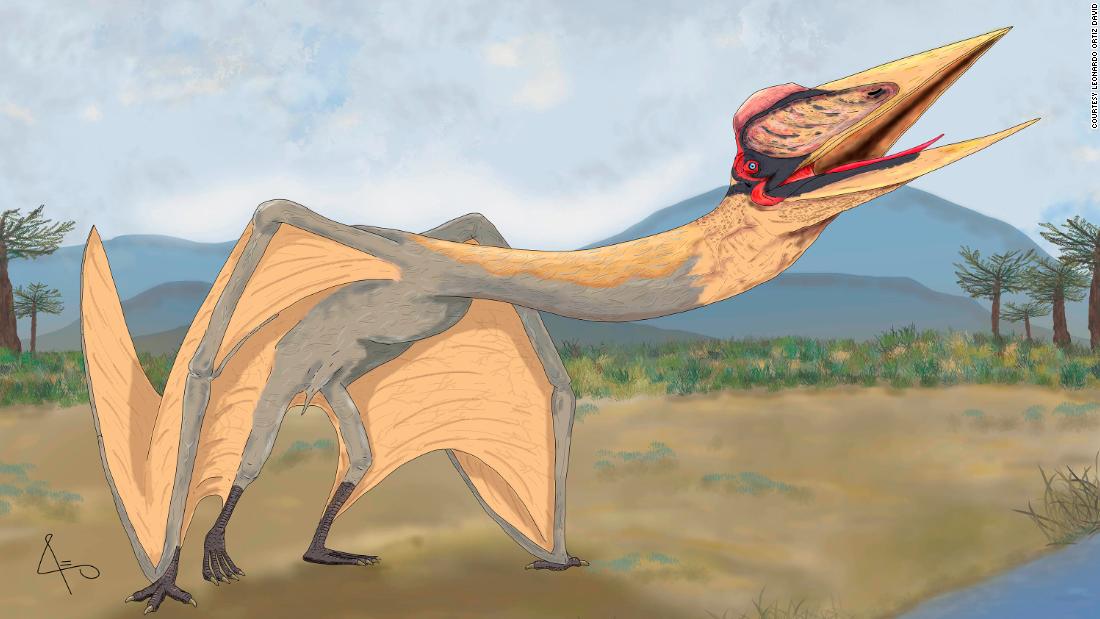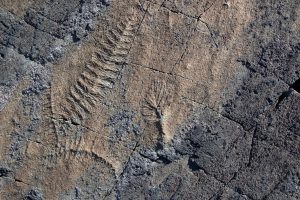
The ancient reptile lived in the Upper Cretaceous period 86 million years ago, and it’s the largest pterosaur species ever discovered in South America, research author Leonardo D. Ortiz David said. He is the coordinator general of the Laboratory and Museum of Dinosaurs at the National University of Cuyo in Mendoza, Argentina.
In Greek, Thanatos means death and drakon means dragon, Ortiz David said.
“Amaru was selected as the species name because it represents an imposing deity in the cosmovision of some aboriginal peoples of South America,” he said.
Two different specimens were found in 2012 in southern Mendoza in the Plottier Formation, a group of sedimentary rocks containing the remains of sauropods, theropods, turtles, crocodiles and pterosaurs, Ortiz David said.
He had been working in the area for 12 years and was shocked to find the pterosaur remains, which were rare in the outcrops where he worked, he said.
The flying reptiles belong to the family of pterosaurs called Azhdarchidae, and featured oversize heads, elongated necks and short bodies, he said. The two specimens’ wingspans were about 23 and 29.5 feet (7 and 9 meters), respectively, Ortiz David said.
The larger specimen has an upper arm bone while the smaller one has much of its body, legs and wings, said James Kirkland, Utah’s state paleontologist with the Utah Geological Survey. He was not involved in the study.
“It’s a very impressive discovery, as giant azhdarchid pterosaur bones are so thin and delicate and very few are found, particularly since they live in inland environments,” Kirkland said.
The animal also sported a proportionally large head, but Ortiz David said he did not know the purpose of it — if any.
Kirkland also did not know the reason for the massive head, but the matching beak could be used for eating, he said.
“The long toothless beak may have served well for swallowing smaller prey items whole much as pelicans do,” Ortiz David said via email.
How to see the pterosaur
The fossils are being stored at the Laboratory and Museum of Dinosaurs in Mendoza.
The public is not able to view the specimens because they are so valuable, but casts of some of the fossils from the two specimens were made for viewing at the museum, Ortiz David said.
There is also a life-size reconstruction on display, he added.

